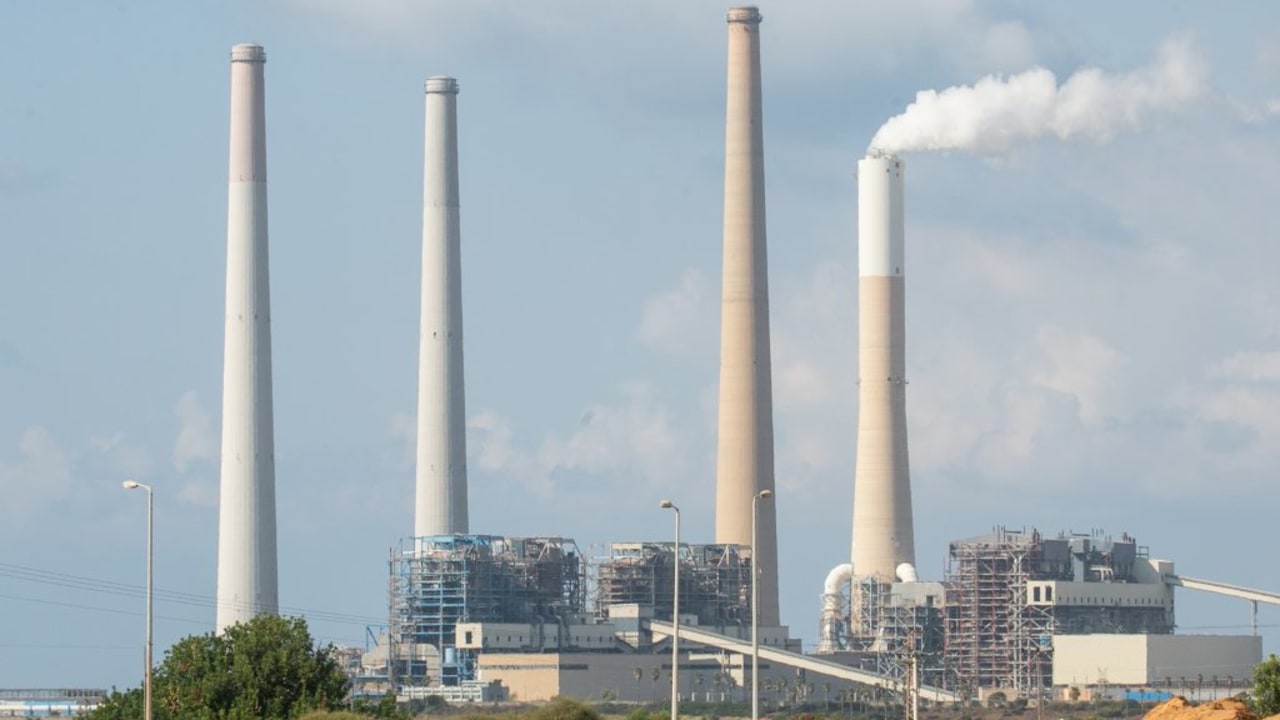Japan`s defense budget grew to a record 8.70 trillion yen ($55 billion) for fiscal 2025, the government said Friday, as the country continues to enhance its capabilities to address regional threats amid China's rapid military buildup and North Korea's growing ties with Russia, according to Kyodo News.
The draft budget marked the 13th consecutive year of increase, surpassing the previous record of 7.9 trillion yen marked in the current year. The Cabinet of Prime Minister Shigeru Ishiba approved the same day a draft initial state budget for the year starting next April worth 115.54 trillion yen, also a record high, including defense and other expenditures. The defense budget comes as Japan enters the third year of its five-year plan to strengthen the capabilities of its Self-Defense Forces.
The plan emphasizes standoff defense capabilities, or engaging targets from outside the strike range of adversaries, as well as gaining superiority across domains with unmanned systems in cooperation with allies and like-minded countries. Under the budget, 939.0 billion yen was earmarked for reinforcing the standoff capabilities. Earlier this year, Japan successfully carried out test firing on a remote island of upgraded Type-12 surface-to-ship missiles with an extended range of striking capabilities. With the government regarding unmanned systems, including aerial and underwater vehicles, as innovative game-changers that can gain one-sided superiority while minimizing human losses, it has set aside 41.5 billion yen to procure two MQ-9B SeaGuardian unmanned aircraft system.
The unmanned aircraft and associated equipment are expected to provide real-time intelligence, surveillance and reconnaissance data for the Maritime Self-Defense Force. In line with a basic policy direction to improve the treatment and working environments of SDF members, the government plans to spend 409.7 billion yen. Japan, like many other advanced economies, faces a shortage of defense force members amid the graying population. A total of 387.8 billion yen will be spent on upgrading their living and working environments, while 16.7 billion yen was allocated to improve the treatment including better payment. In addition, 1.9 billion yen will be spent for establishing new lifetime career plans, as SDF personnel usually retire earlier than regular corporate workers. Other notable expenditures include 108.7 billion yen for jointly developing next-generation combat aircraft with Britain and Italy by 2035, with the GCAP International Government Organization, or GIGO, established earlier this month in Britain to manage the project.




.webp)











